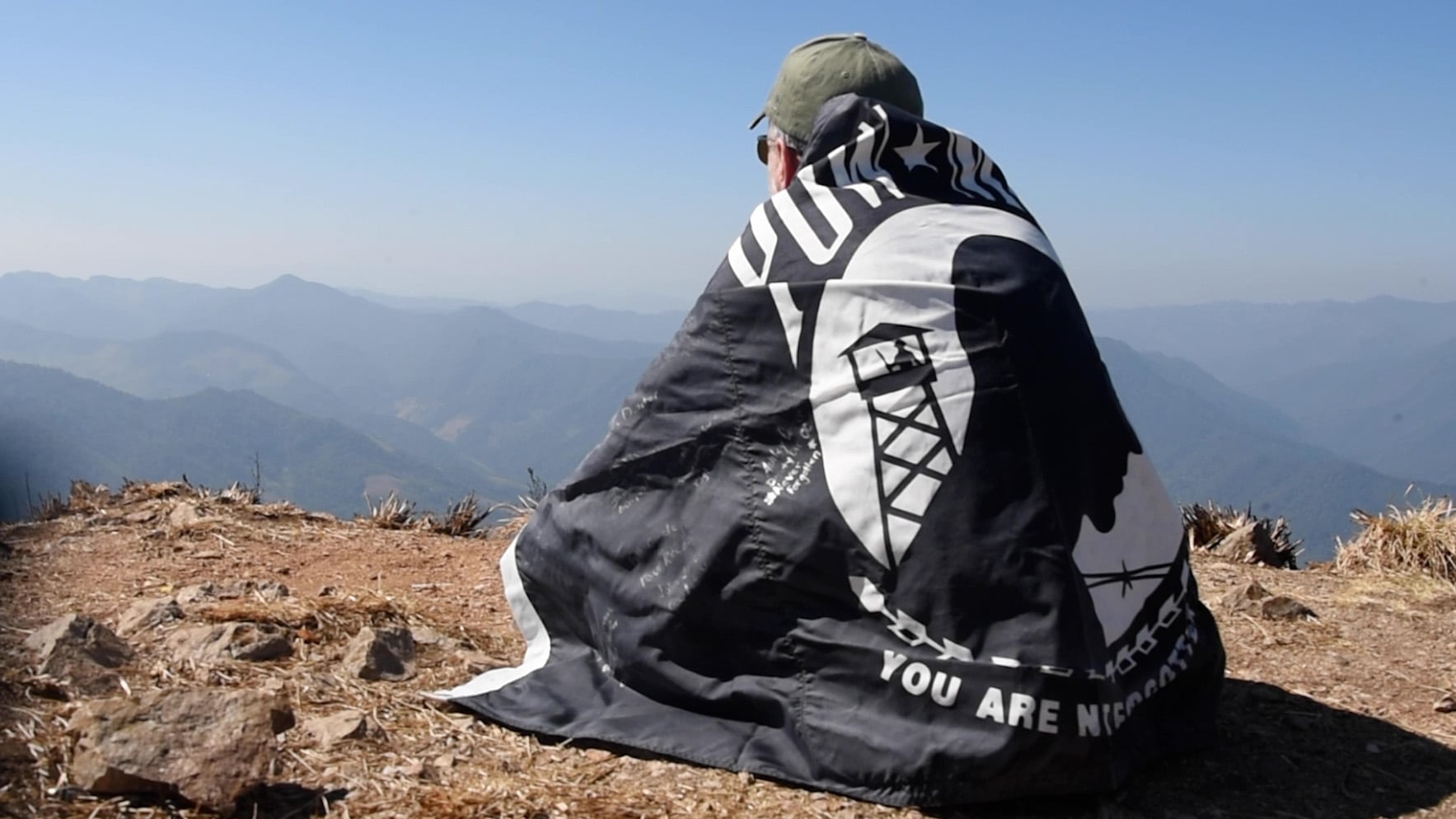WASHINGTON — After releasing several draft requests for proposals for the Joint Light Tactical Vehicle (JLTV), the US Army released a final version on Friday, clearing the way for contenders AM General, Lockheed Martin and Oshkosh Defense to submit proposals.
"Today's release is an important step as this successful, on-budget program moves forward on schedule, and it is the result of tremendous work and diligence across our team," Army Col. John Cavedo, the JLTV project manager, said in a statement. "The JLTV program remains on track to deliver an affordable, protected mobility solution that fills today's critical capability gap with substantial advances in the balance of payload, performance, and protection."
After a Milestone C decision and award of a firm-fixed-price contract to a single vendor near the end of fiscal 2015, the award period will cover three years of low rate initial production and five years of full rate production, for a total of 17,000 vehicles for the Army and Marine Corps.
A production award is expected in late fiscal 2015 for approximately 50,000 JLTVs for the Army and another 5,500 for the Marine Corps. The first Army unit is expected to be equipped in fiscal 2018; The Marines anticipate an initial operating capability in fiscal 2018 with its fielding complete in fiscal 2022.
Army procurement will last until approximately 2040 and replace a significant portion of the Army's legacy light tactical vehicle fleet with 49,099 new vehicles across four configurations: general purpose, heavy gun carrier, close combat weapons carrier and a utility vehicle.
Billed as filling the gap between legacy Humvees and the larger, less mobile Mine Resistant Ambush Protected vehicle fleet, the JLTV is intended to restore light tactical mobility.
On Dec. 2, the JLTV joint program office posted a third draft RFP, which revised source selection criteria for the production phases and set a value for a company offering the data rights to their offering. The service set a threshold price for the data package of $511 million above which contractors will see no effect on their rating, as described in the last draft and first reported by Inside the Army.
The final RFP had no substantial changes from previous drafts, according to the program office, which billed the final solicitation as, "clarifying expectations about the delivery of specific requirements, while still allowing vendors to propose tradable options in some areas."
"This RFP maintains the program's longstanding focus on affordability and stable requirements to obtain the best value for the taxpayer and America's soldiers and marines," Scott Davis, the Army's program executive officer for combat support and combat service support, said in the statement.
Among other tweaks, the latest draft reduced the maximum life cycle cost "downward adjustment," identified 15 requirements as "non-tradeable," and it divided qualification testing into three parts.
The solicitation follows Army and Marine Corps limited user testing for prototype vehicles, part of engineering and manufacturing development (EMD) contracts, awarded to the three companies in 2012.
Each company delivered 22 vehicles and six trailers for the most recent test phase, which included ongoing reliability, armor and blast testing. The ongoing limited user test involved soldier and Marine participation.
The competition has the potential to restructure the industry, reinvigorating AM General if it wins or damaging it if it loses. Lockheed, a defense giant, is still an upstart in this sector.
"We are pleased that the JLTV RFP has been released after months of intense vehicle testing and evaluation," Scott Greene, vice president of ground vehicles at Lockheed Martin Missiles and Fire Control said in a statement. "Our proposal team is active, having completed several detailed reviews of our customers' draft RFPs over the past weeks, and is already working on our final response."
"We intend to deliver a proposal that proves to our Army and Marine Corps customers that the Lockheed Martin JLTV Team will produce the most capable, best value JLTV at the right price," Greene said.
AM General said the team behind its Blast Resistant Vehicle - Off road (BRV-O) offering "is fully engaged in providing our customer a very compelling and comprehensive response to its proposal that meets their requirements and demonstrates our JLTV candidate is the best choice to fill the capability gap in light tactical vehicles with respect to innovation, payload, protection and performance all at an affordable price."
Oshkosh's senior vice president for Defense Programs, John Bryant, said the company had received part of the RFP. "Our initial review of the RFP demonstrates DoD's consistent focus on a best value approach and delivering a highly capable, reliable vehicle for our soldiers and Marines."
Joe Gould was the senior Pentagon reporter for Defense News, covering the intersection of national security policy, politics and the defense industry. He had previously served as Congress reporter.





